Barnacle
Cirripedia
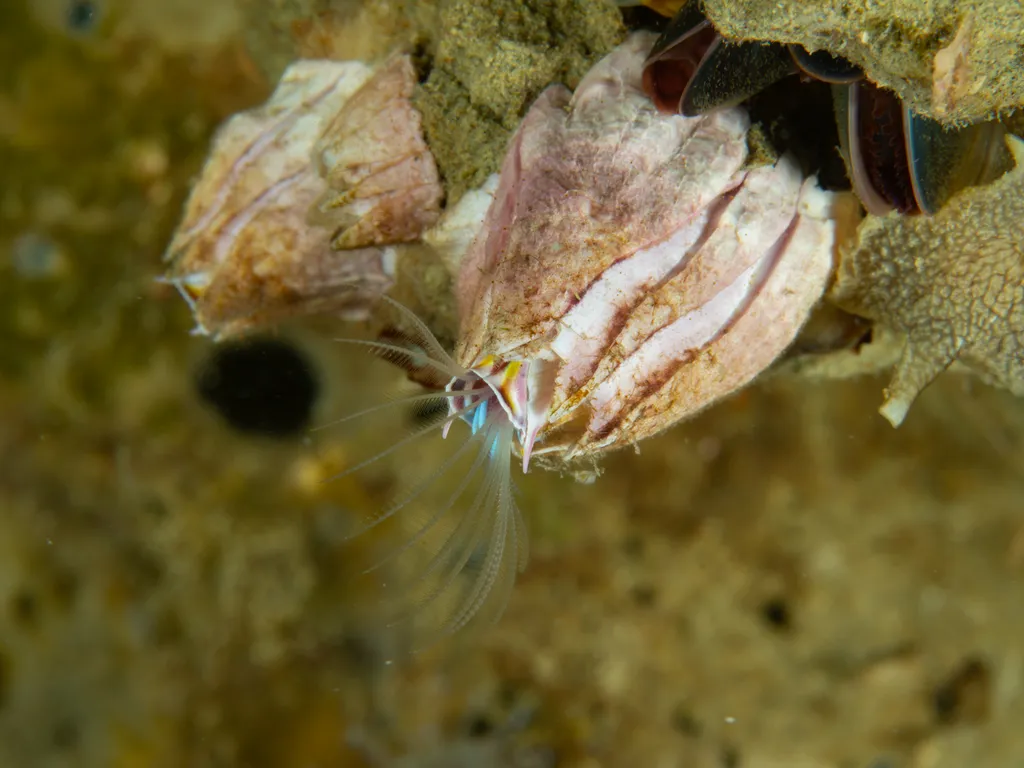
Photo by BravoGonzalo / CC BY-SA 4.0 via Wikimedia Commons
At first glance, barnacles look like lumpy white volcanoes cemented to rocks, pier pilings, and boat bottoms - hardly the sort of creature to inspire wonder. But look closer, and you'll discover one of evolution's most bizarre success stories. These are not mollusks, but crustaceans - cousins to shrimp and crabs - who, in an evolutionary plot twist, decided to stand on their heads, glue themselves in place, and kick food into their mouths with their feet. They produce the strongest natural adhesive known, can survive being frozen solid, possess the animal kingdom's longest penis relative to body size, and have larvae that look like tiny aliens. For divers, barnacles are the textured white crust covering seemingly every hard surface underwater - ubiquitous, ancient, and utterly fascinating once you understand their secret lives.
🔬Classification
📏Physical Features
🌊Habitat Info
⚠️Safety & Conservation
Identification Guide

Photo by Tulumnes / CC BY-SA 4.0 via Wikimedia Commons
- Shell Plates: Look for volcano-shaped structures made of 6-8 white or grayish calcareous plates
- Operculum: The central "door" (operculum) made of paired plates that opens during feeding
- Clustering: Often found in dense colonies, sometimes covering entire rock surfaces
- Barnacle Types:
- Acorn barnacles: Short, squat, directly attached to substrate
- Gooseneck barnacles: Have a flexible black stalk (peduncle) with plates at the tip
- Size Range: From tiny 2mm volcano bumps to hand-sized specimens
- Active Feeding: Watch for waving feathery cirri extending from the opening during high tide
Top 10 Fun Facts about Barnacle
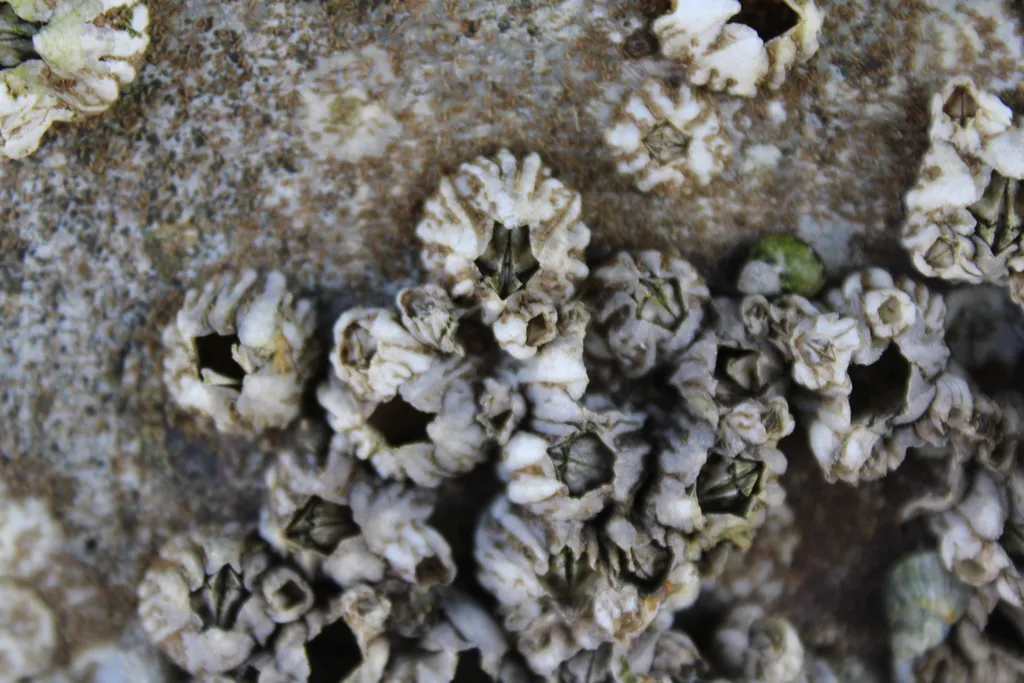
Photo by Chris Light / CC BY-SA 4.0 via Wikimedia Commons
1. They're Crustaceans, Not Mollusks!
Despite looking like shelled mollusks, barnacles are crustaceans - arthropods more closely related to crabs, lobsters, and shrimp than to clams. The famous naturalist Charles Darwin was so fascinated by barnacles that he spent eight years studying them, dissecting over 10,000 specimens and producing a four-volume monograph. His research revealed their true identity: they're essentially shrimp that evolved to live upside-down, cemented in place, and kicking food into their mouths with modified legs. This revelation shocked the Victorian scientific community - imagine discovering that what you thought was a rock is actually your dinner doing a permanent headstand!
2. The Strongest Natural Glue on Earth
Barnacles produce a biological superglue so powerful it makes industrial adhesives look weak. This barnacle cement is a complex protein-based compound that sets underwater, remains flexible when needed, hardens when stressed, and can withstand the crushing force of ocean waves, extreme temperatures, and continuous saltwater exposure for decades. The bond is so strong that removing barnacles from boat hulls often requires power tools, and the substrate breaks before the cement releases. Scientists have been trying to replicate this adhesive for medical applications - imagine a surgical glue that works in wet, bloody environments like barnacle glue works underwater! MIT researchers were inspired by barnacle cement to develop a medical adhesive that can stop bleeding in 15 seconds without requiring the blood to clot.
3. Alien Metamorphosis: From Free-Swimming to Forever Stuck
Barnacles undergo one of the most dramatic transformations in the animal kingdom. They start life as nauplius larvae - tiny, one-eyed, free-swimming creatures that look nothing like adults. After six molts, they transform into cyprid larvae - still mobile, but now on a mission. The cyprid is a non-feeding "settlement specialist" that explores surfaces using chemical sensors in its antennules, testing for the perfect spot based on texture, water flow, light levels, and the presence of adult barnacles (they prefer company for future mating). Once it finds its forever home, it cements its head to the surface, undergoes metamorphosis, builds its shell, and spends the rest of its life standing on its head, kicking food into its mouth. This decision is irreversible - there's no changing your mind once you're glued down!
4. Record-Breaking Anatomy: The Longest Penis
Barnacles hold the Guinness World Record for the animal with the longest penis relative to body size - up to 8 to 40 times their body length! Since adult barnacles are permanently stuck in one place and cannot move to find mates, they evolved this extraordinary solution. Most barnacles are simultaneous hermaphrodites (having both male and female organs), but they cannot self-fertilize and must mate with neighbors. During mating season, they extend their long, flexible, bristled penis through the water to probe nearby barnacles, searching for a receptive mate. In calm waters, they grow longer, thinner penises for maximum reach; in wave-battered zones, they develop shorter, stockier ones that won't break. After breeding season ends, the penis degenerates completely and is regrown fresh the following year!
5. Feather-Footed Filter Feeders
Watch a barnacle at high tide, and you'll see its secret weapon: cirri - six pairs of feathery, modified legs that rhythmically sweep through the water like delicate fans. These cirri extend from the opened opercular plates and create feeding currents, capturing plankton, detritus, and microscopic organisms. The barnacle adjusts its cirral beating based on water flow - in strong currents, it passively filters; in still water, it actively beats its cirri to generate flow. The captured food is scraped off by shorter cirri and passed to the mouth hidden deep inside the shell. It's essentially fishing with your feet while doing a headstand!
6. Darwin's Eight-Year Obsession
Charles Darwin's fascination with barnacles bordered on obsession. After returning from the Beagle voyage, he discovered an unusual parasitic barnacle in Chile and decided to study it briefly - "briefly" turned into eight years of his life! He dissected barnacles hour after hour in his study, to the point where his children thought every gentleman had a barnacle dissection room. His work produced over 1,000 pages across four volumes, describing every known barnacle species. While frustrating (he wrote "I hate a barnacle as no man ever did before"), this detailed study sharpened his skills in anatomy and taxonomy, preparing him for writing On the Origin of Species. Ironically, barnacles became one of the key pieces of evidence for evolution!
7. The Ship Foulers
Barnacles are the bane of maritime industries, causing billions of dollars in damage annually. A barnacle-fouled ship hull increases drag by up to 40%, reducing speed and fuel efficiency dramatically. A large ship can accumulate several tons of barnacles in just months. Ancient sailors burned barnacles off wooden hulls or careened ships to scrape them clean. Modern ships use toxic anti-fouling paints that slowly leach copper or other biocides - but these pollute the ocean. Cleaning barnacles off is a major industry; specialized divers scrub ship hulls, underwater structures, and oil platforms. Some barnacles even colonize submarine sonar domes, degrading acoustic performance!
8. Living on the Edge - And on Whales
Barnacles are extreme colonizers, attaching to almost any hard surface. Some species specialize in living on living substrates - whale barnacles cement themselves to gray whales, humpbacks, and right whales, creating distinctive white patches. Sea turtles carry barnacles on their shells and flippers. Certain barnacles attach exclusively to the shells of specific crab species. Gooseneck barnacles (like Pollicipes) cluster on floating debris, ship hulls, and even volcanic rock. Some barnacles live at hydrothermal vents in crushing pressure and scorching temperatures. Others survive in the intertidal zone, frozen solid during winter low tides and thawing when the sea returns - they're essentially freeze-tolerant!
9. Culinary Delicacies Worth a Fortune
In Spain and Portugal, percebes (gooseneck barnacles) are a prized delicacy fetching over $100 per kilogram. Harvesting them is one of the world's most dangerous jobs - collectors (percebeiros) risk their lives on wave-battered cliffs, timing their collection between crashing waves. These barnacles taste sweet and briny, like the ocean concentrated. In East Asia, certain large barnacle species are also consumed and valued for their supposed medicinal properties. However, overharvesting has made some populations threatened, leading to harvest restrictions in many regions.
10. Ancient Survivors
Barnacles have been cementing themselves to surfaces for at least 325 million years, with fossils dating to the mid-Carboniferous period. They've survived multiple mass extinction events that wiped out countless other species. Their success lies in their extreme adaptability - they can colonize nearly any hard substrate in any ocean environment, from tropical reefs to Arctic fjords, from sunny tide pools to dark deep-sea vents. Over 2,100 species exist today, testament to their evolutionary resilience. Some parasitic barnacles have even lost their shells entirely and live as grotesque parasites inside crabs, essentially turning their hosts into zombie slaves that care for barnacle larvae instead of their own offspring!
Diving & Observation Notes

Photo by User Gauthier on fr.wikipedia / CC BY-SA 3.0 via Wikimedia Commons
What You'll See Underwater
Barnacles are everywhere on dives, though divers often overlook them as "just texture" on rocks and wrecks. Look closer:
- Acorn barnacles create white, crusty patches on rocky reefs, pier pilings, and wreck surfaces
- Gooseneck barnacles cluster on floating logs, buoy chains, and sometimes coral reef edges
- Whale barnacles if you're lucky enough to dive with gray or humpback whales - distinctive raised white patches
- Turtle barnacles on sea turtle shells and flippers (don't touch the turtles!)
Active Feeding Observation
Time your dive with the tide for the best barnacle watching. During incoming or high tide, barnacles open their opercular plates and extend their cirri. You'll see:
- Feathery cirri rhythmically sweeping through the water like tiny fans
- Coordinated beating - the whole colony pulses together
- Different beating patterns based on current strength
- Cirri rapidly retracting when disturbed (try gently waving your hand nearby)
Pro tip: Use your macro lens to photograph barnacles actively feeding - the extended cirri create beautiful, delicate patterns against a dark background.
Symbiotic Relationships
Barnacles aren't just passive filter feeders - they're miniature ecosystems:
- Commensal crabs: Tiny pea crabs often live inside barnacle shells
- Polychaete worms: Some worms shelter between barnacle plates
- Algae gardens: The rough surface of barnacle colonies provides substrate for diatoms and microalgae
Wreck Diving Insights
On shipwrecks, barnacle colonization tells a story:
- Fresh barnacles (white, clean plates) indicate the wreck settled recently or was recently cleaned
- Mature colonies (thick, multi-layered) show years of growth
- Barnacle-free zones may indicate toxic paint or regular surge/sand scour
- Differential colonization: Compare barnacle coverage on different wreck surfaces to understand microcurrents and light levels
Photography Tips
- Macro magic: Focus on individual barnacles with extended cirri - use flash to illuminate the translucent feeding appendages
- Wide angle: Barnacle-encrusted pilings or wreckage create dramatic foreground texture
- Backlighting: Position your light behind a barnacle cluster to make the cirri glow
- Super macro: If you have a diopter, photograph the opercular plates' intricate structure
Conservation and Ethics
DO:
- Observe barnacles without touching
- Document unusual barnacle species or colonization patterns
- Report ship groundings that might introduce invasive barnacle species
DON'T:
- Scrape barnacles off rocks "to see what's underneath" - you're destroying habitat
- Touch or disturb sea turtles or whales to photograph their barnacles
- Collect barnacles as souvenirs - they're part of the ecosystem
Fun Underwater Experiments (Non-Invasive)
- Current test: Observe how barnacle cirri change beating patterns in different current strengths
- Shadow response: Slowly pass your hand over a feeding barnacle - watch it retract
- Colony coordination: Note if neighboring barnacles extend/retract simultaneously
- Size comparison: Photograph the same barnacle colony over multiple dives to document growth
Safety Notes
- Barnacles have razor-sharp shell edges - avoid contact
- Barnacle cuts are prone to infection due to marine bacteria - clean and disinfect immediately
- Never grip barnacle-covered surfaces with bare hands - wear gloves
- On night dives, be extra careful not to brush against barnacle-encrusted structures
Best Places to Dive with Barnacle
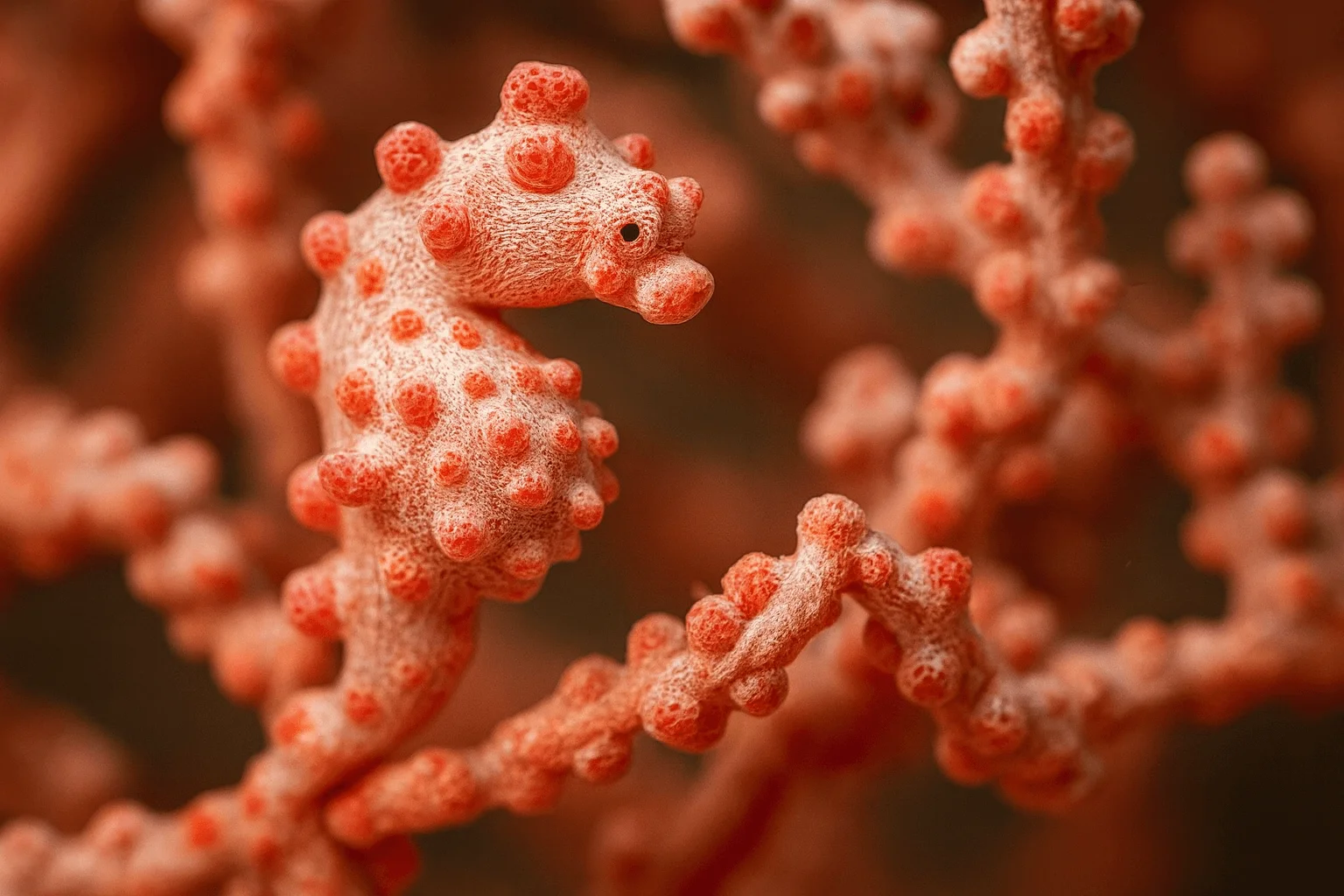
Anilao
Anilao, a small barangay in Batangas province just two hours south of Manila, is often called the macro capital of the Philippines. More than 50 dive sites fringe the coast and nearby islands, offering an intoxicating mix of coral‑covered pinnacles, muck slopes and blackwater encounters. Critter enthusiasts come for the legendary muck dives at Secret Bay and Anilao Pier, where mimic octopuses, blue‑ringed octopuses, wonderpus, seahorses, ghost pipefish, frogfish and dozens of nudibranch species lurk in the silt. Shallow reefs like Twin Rocks and Cathedral are covered in soft corals and teem with reef fish, while deeper sites such as Ligpo Island feature gorgonian‑covered walls and occasional drift. Because Anilao is so close to Manila and open year‑round, it’s the easiest place in the Philippines to squeeze in a quick diving getaway.
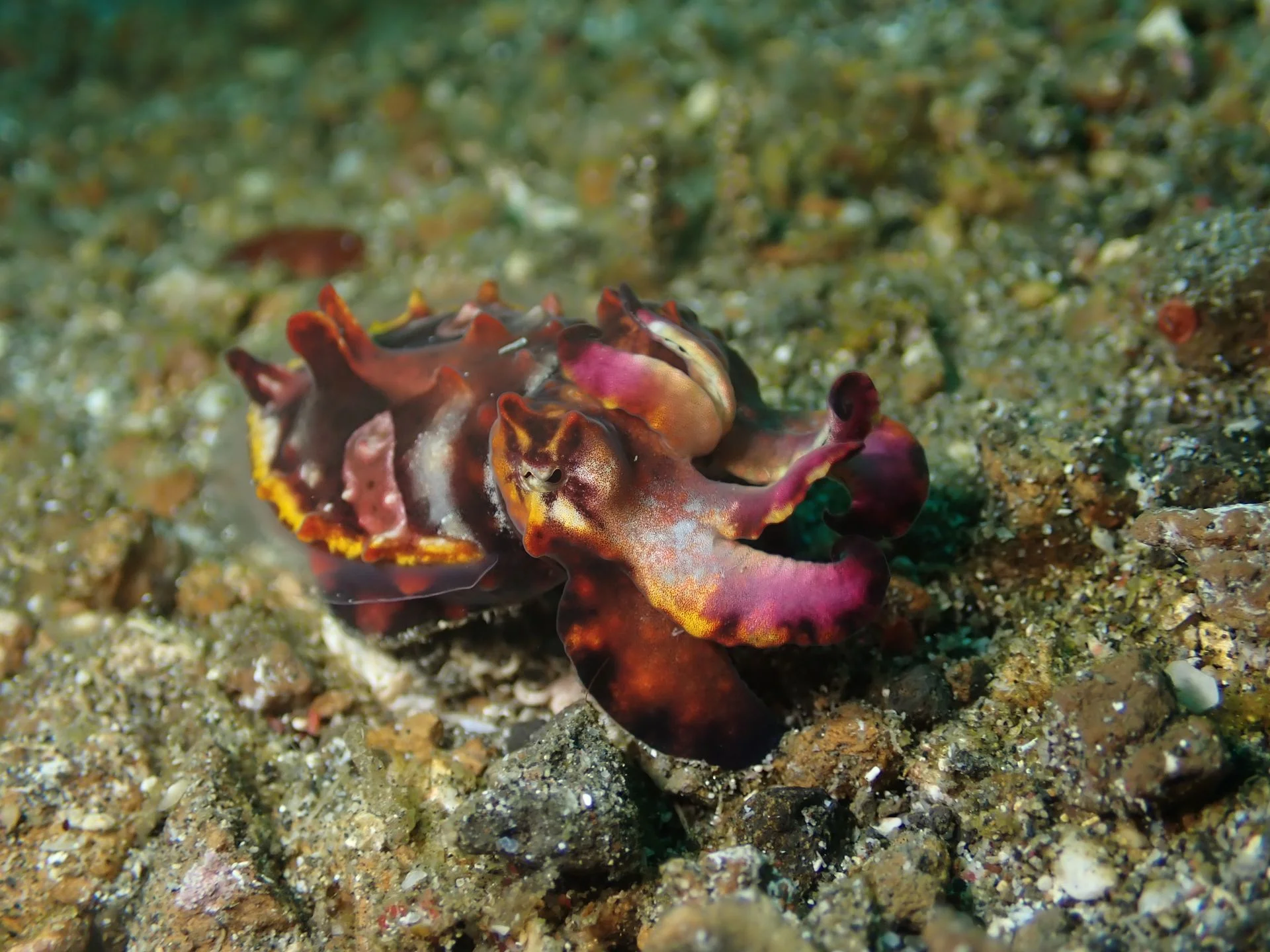
Lembeh
The Lembeh Strait in North Sulawesi has become famous as the muck‑diving capital of the world. At first glance its gently sloping seabed of black volcanic sand, rubble and discarded debris looks bleak. Look closer and it is teeming with weird and wonderful life: hairy and painted frogfish, flamboyant cuttlefish, mimic and blue‑ringed octopuses, ornate ghost pipefish, tiny seahorses, shrimp, crabs and a rainbow of nudibranchs. Most dives are shallow and calm with little current, making it an ideal playground for macro photographers. There are a few colourful reefs for a change of scenery, but Lembeh is all about searching the sand for critter treasures.
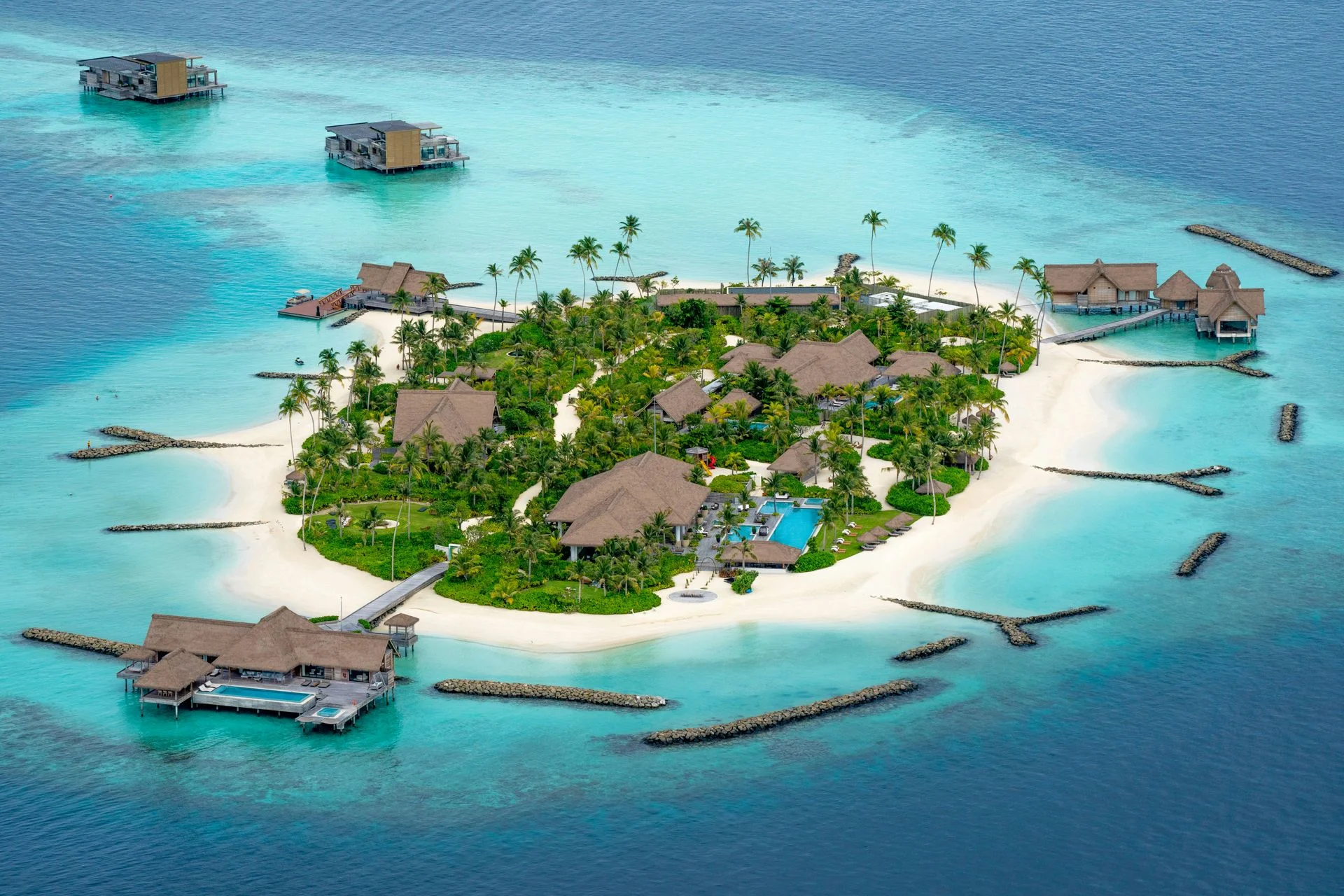
Maldives
Scattered across the Indian Ocean like strings of pearls, the Maldives’ 26 atolls encompass more than a thousand low‑lying islands, reefs and sandbanks. Beneath the turquoise surface are channels (kandus), pinnacles (thilas) and lagoons where powerful ocean currents sweep past colourful coral gardens. This nutrient‑rich flow attracts manta rays, whale sharks, reef sharks, schooling jacks, barracudas and every reef fish imaginable. Liveaboards and resort dive centres explore sites such as Okobe Thila and Kandooma Thila in the central atolls, manta cleaning stations in Baa and Ari, and shark‑filled channels like Fuvahmulah in the deep south. Diving here ranges from tranquil coral slopes to adrenalin‑fuelled drifts through current‑swept passes, making the Maldives a true pelagic playground.
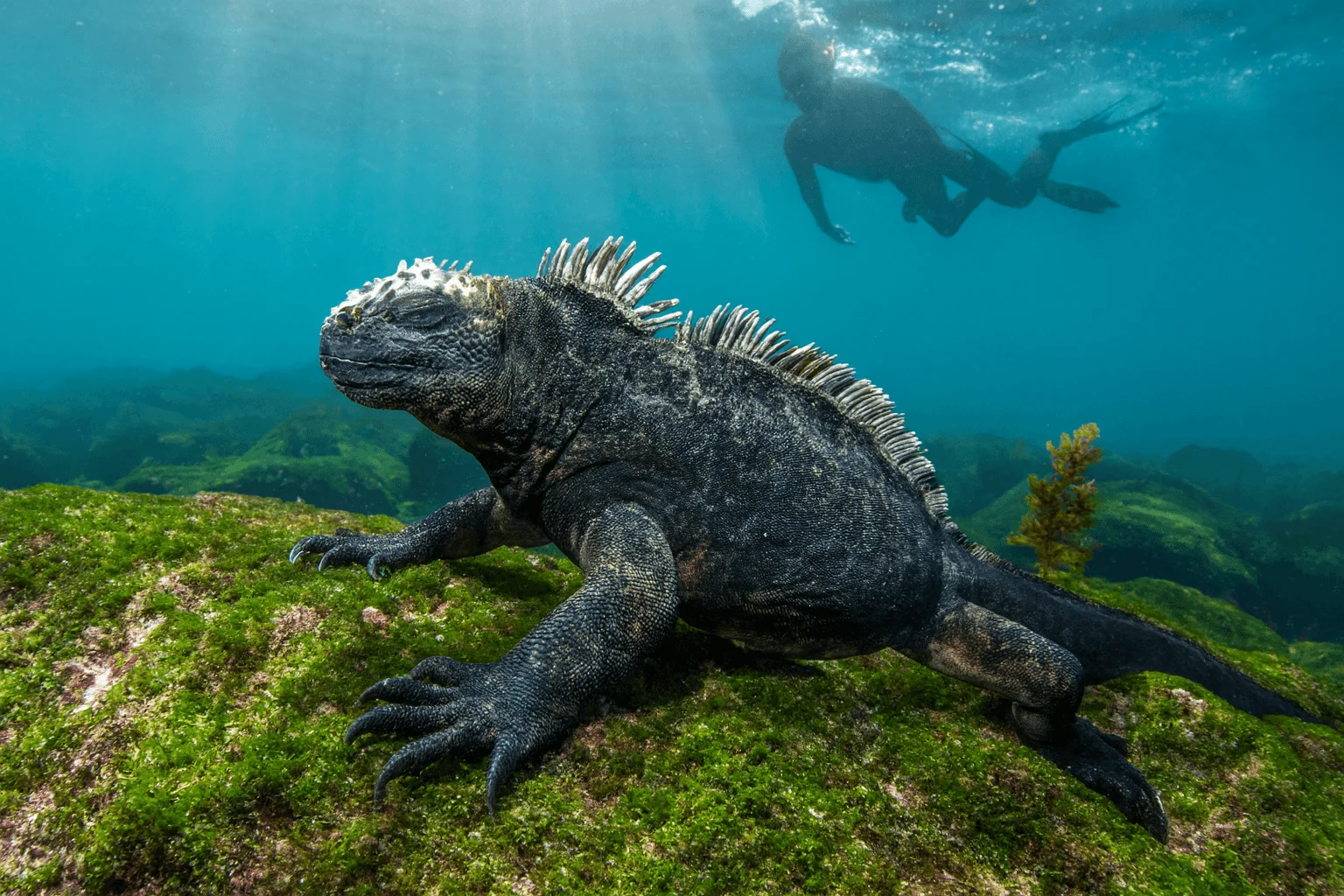
Galapagos
The Galápagos Islands sit 1 000 km off mainland Ecuador and are famous for their remarkable biodiversity both above and below the water. Created by volcanic hot spots and washed by the converging Humboldt, Panama and Cromwell currents, these remote islands offer some of the most exhilarating diving on the planet. Liveaboard trips venture north to Darwin and Wolf islands, where swirling schools of scalloped hammerheads and hundreds of silky and Galápagos sharks patrol the drop‑offs. Other sites host oceanic manta rays, whale sharks, dolphins, marine iguanas, penguins and playful sea lions. Strong currents, cool upwellings and surge mean the dives are challenging but incredibly rewarding. On land you can explore lava fields, giant tortoise sanctuaries and blue‑footed booby colonies.

Komodo
Komodo National Park is a diver’s paradise full of marine diversity: expect healthy coral gardens, reef sharks, giant trevallies, countless schools of fish, and frequent manta ray sightings at sites like Manta Point and Batu Bolong. Drift dives and dramatic reef structures add excitement, while both macro lovers and big-fish fans will find plenty to love. Above water, the wild Komodo dragons roam, giving a touch of prehistoric wonder to the whole trip.

Palau
Rising out of the western Pacific at the meeting point of two great oceans, Palau is an archipelago of more than 500 jungle‑cloaked islands and limestone rock pinnacles. Its barrier reef and scattered outcrops create caverns, walls, tunnels and channels where nutrient‑rich currents sweep in from the Philippine Sea. These flows feed carpets of hard and soft corals and attract vast schools of jacks, barracudas and snappers, as well as an impressive cast of pelagics. Grey reef and whitetip sharks parade along the legendary Blue Corner; manta rays glide back and forth through German Channel’s cleaning stations; and Ulong Channel offers a thrill‑ride drift over giant clams and lettuce corals. Between dives you can snorkel among non‑stinging jellyfish in Jellyfish Lake or explore WWII ship and plane wrecks covered in colourful sponges.